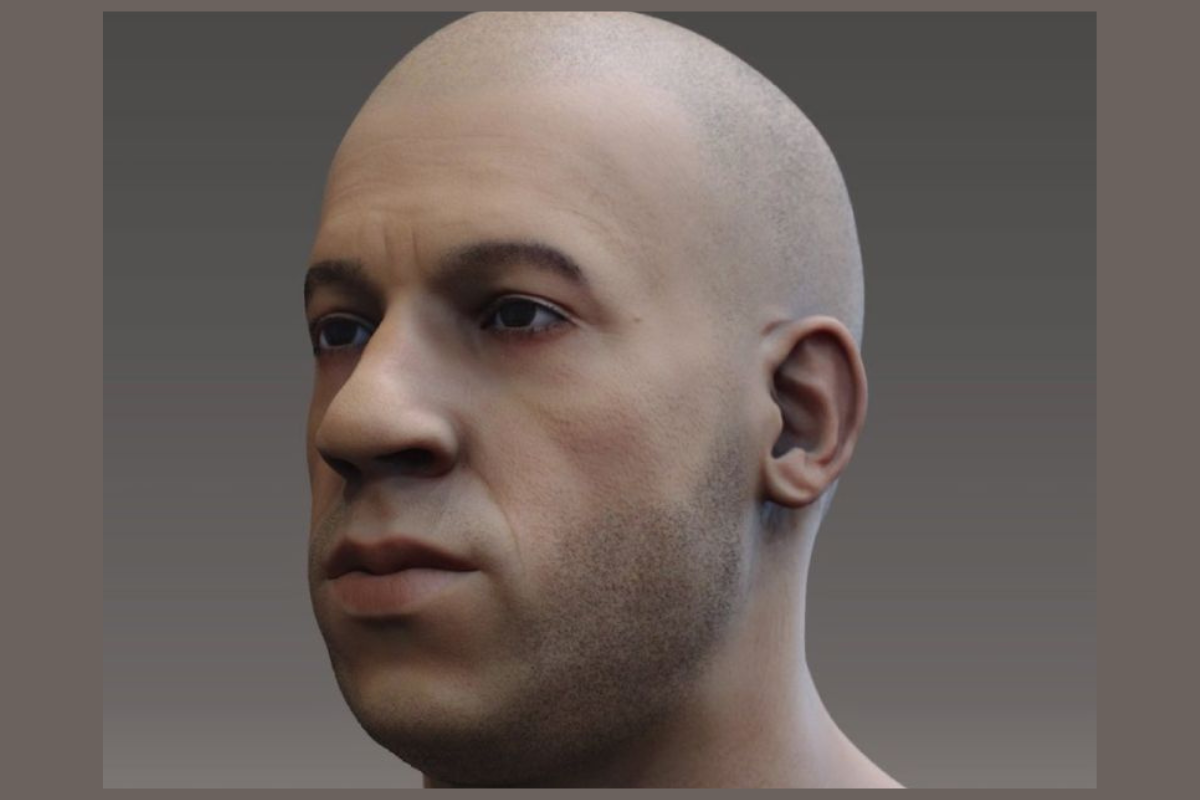A purported 3D rendering of Adam, the biblical first man, mirroring Vin Diesel’s rugged visage has reignited 2025’s digital frenzy, dominating trends like ‘Princeton Adam 3D,’ ‘Vin Diesel Adam lookalike,’ and ‘biblical first man image.’ Circulating with the tagline ‘Scientists at Princeton University have reconstructed this 3D model of how Adam, the first human being created by God, might have looked,’ it promises a peek into ‘God creation visual.’ But is this ‘3D reconstruction fake’ a scientific breakthrough or satirical sleight? As ‘Alamo Drafthouse joke’ whispers emerge, the truth unveils a 2022 hoax’s stubborn return, blending ‘Vitaly Tenishev art’ with pious pretence in today’s truth-starved feeds, where such deceptions proliferate unchecked. From Tweet to Timeless Tease Launched on 27 October 2022 by Alamo Drafthouse NYC on X, the post exploded, harvesting 270, 000 likes and countless shares in hours. Netizens revelled in replies, crafting ‘Fast & Furious’ fallacies and vehicular visions of Eden, amplifying its absurd appeal across platforms. The purveyors promptly pivoted: ‘Just a reminder that we’re a movie theater, not an academic journal,’ appending a SoundCloud nudge to underscore the spoof. Bereft of this disclaimer, it rebounded on LinkedIn by 2025, masquerading as authentic ‘biblical reconstruction’ and tricking thousands anew. Variety dissected its velocity, illustrating satire’s slide into seriousness sans anchor, a pattern repeated in countless viral cycles This viral X meme exemplifies echo chambers’ embrace, where levity loses to literalism, prompting pleas for provenance in our pixelated paradise. Fact-checkers advocate archive audits to arrest such scientific hoax spreads, preserving platform purity. Behind the Facade Central to the hoax is Vitaly Tenishev’s 2016 3D tribute to Vin Diesel a standalone ArtStation render with no academic links or hidden message, just a showcase of modelling skill. Factly reviewed the claim and found zero connection to Princeton after searching academic archives, confirming the assertion is false. Paralleling Snopes’ scrutiny of sibling shams, such as the ‘Stanford Joseph’ facsimile, it’s a blueprint for borrowed brilliance in biblical bait-and-switches. Within 2025’s generative graphics glut, sifting first man image forgeries necessitates nuance; Newsweek nailed the ensuing hysterics, from divine memes to devout debates. The 3D-model hoax shows how ordinary digital art can quickly be transformed into online mythology, reminding communities to prioritise verification over speculation before creative work is elevated into something it was never meant to be. Absence of Evidence, Abundance of Amusement No pronouncement from Princeton graces this gambit, with 20 November 2025 scans showing scant signs of biblical Adam endeavours, confirming the claim’s vacuity. Newschecker corroborated the chasm in 2022, as the ruse romped rampant, leveraging the university’s lustre for laughs. NDTV navigated the narrative’s nuances, lauding laughs while lambasting lax fact-finding, offering a balanced lens on levity’s limits. Amid X hoax torrents in 2025, the Vin Diesel lookalike vignette validates vigilance’s value, fortifying fact from fiction in faith-infused feeds. This chronicle champions: probe profoundly, partner with paragons like Factly, to pierce pretence. Though Adam’s authentic aspect alludes us, authenticity always ascends, turning tall tales into teachable moments. This enduring escapade, from 2022 banter to 2025 buzz, beckons better discernment amid misinformation’s maze. Vin Diesel as Adam? A mirthful myth, not majestic mandate.
https://www.ibtimes.co.uk/did-princeton-scientists-just-rendered-3d-image-adam-looking-like-vin-diesel-heres-truth-1756617
Did Princeton Scientists Just Rendered a 3D Image of Adam Looking Like Vin Diesel? Here’s the Truth




